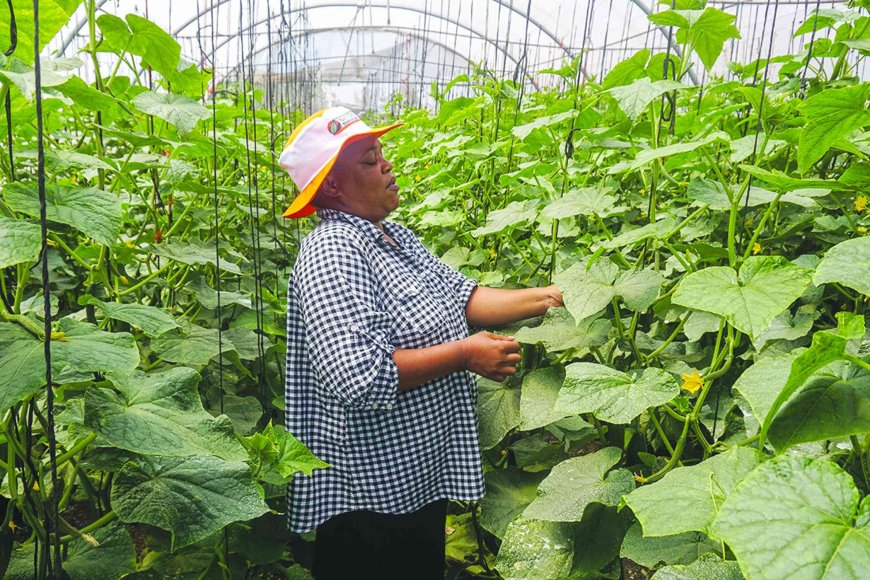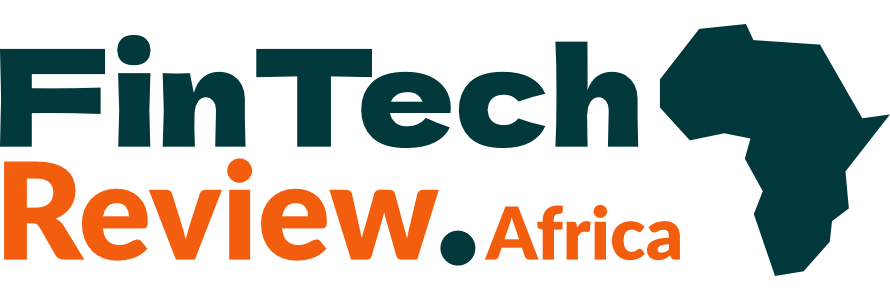From GIS to Growth – Empowering Matabeleland South with Data

As an agriculture journalist I've seen countless workshops, but rarely do they transition so seamlessly and effectively from the theoretical to the intensely practical. Today, the buzz wasn't just about learning; it was about doing, about applying, and about empowering.
The Power Tools: GIS, Remote Sensing, and KoBo Toolbox The past few days have been a deep dive into the cutting-edge world of GIS (Geographic Information Systems), Remote Sensing, and the invaluable KoBo Toolbox. These aren't just tech buzzwords; they are the future of precision agriculture and informed decision-making, especially in regions like Matabeleland South, where every piece of data can make a tangible difference to food security.
GIS allows us to visualize, analyze, and interpret spatial data – think of mapping soil types, water sources, or even disease outbreaks across a landscape.
Remote Sensing gives us the ability to collect information about an area without physical contact, often using satellite imagery to monitor crop health, drought conditions, or land use changes over time.
KoBo Toolbox is the game-changer for field data collection, making it easy to gather robust, accurate information on the ground, even in remote areas, and then seamlessly sync it for analysis.
On the Ground in Kezi: Where Knowledge Meets the Field
Today, the classroom emptied, and the real work began. Participants, guided by expert instructors, embarked on a critical field mission in Kezi, Matabeleland South. This wasn't a simulated exercise; it was a live demonstration of data collection, right where it matters most: in the heart of farming communities.
Imagine the scene: extension officers, armed with tablets loaded with KoBo Toolbox, walking through fields, interacting with farmers, and collecting real-time data on everything from crop varieties and planting dates to pest infestations and water availability.
A group of young agricultural officers in uniform, possibly wearing khaki shirts and trousers, are gathered in a field of green crops under a bright sky. They are holding tablets and appear to be engaged in a field survey. In the foreground, an older man with grey hair is also holding a tablet and seems to be interacting with the officers. The field has some crops that look like maize or sorghum. In the background, there are hills and sparse vegetation under a clear sky. A small drone is visible in the upper right part of the sky. Text overlays on the image read "#Day3 #FAO #TheoryToPractice" at the top and "Ward Drought Mitigation Centres Food Security: Everywhere, Everyday" at the bottom.
This hands-on approach is invaluable. It’s one thing to understand the theory of remote sensing, but it's another entirely to stand in a field, assess crop stress, and then use a digital tool to log that observation, contributing to a larger, more accurate dataset. This is practical empowerment in its truest form.
Agronomy in Action: Why This Matters
From an agronomist's perspective, this initiative is incredibly exciting for several reasons:
Precision Interventions: With accurate, real-time data, we can move away from one-size-fits-all recommendations. We can identify specific areas needing drought-resistant seeds, targeted pest control, or particular fertilizer inputs. This precision saves resources and improves yields.
Early Warning Systems: Remote sensing can detect early signs of drought or disease outbreaks across vast areas. Combined with field data from KoBo Toolbox, this creates a robust early warning system, allowing for proactive measures rather than reactive crisis management.
Informed Policy Making: The aggregated data provides policymakers with a clear, evidence-based understanding of the challenges and successes on the ground. This leads to more effective resource allocation and better-targeted agricultural policies.
Farmer Empowerment: Ultimately, these tools empower the extension officers who work directly with farmers. By equipping them with cutting-edge technology, they can provide more accurate advice, demonstrate best practices, and help communities build more resilient food systems.
Food Security: Everywhere, Everyday
The slogan "Food Security: Everywhere, Everyday" resonates deeply with what we witnessed today. It's not just a lofty goal; it's a daily commitment being built on the ground, data point by data point, in places like Kezi. By turning knowledge into practical application, by leveraging technology in the hands of dedicated officers, we are moving closer to a future where food security is a reality for every community in Zimbabwe.
This isn't just training; it's a revolution in how we approach agriculture, driven by data, collaboration, and an unwavering commitment to the farmers who feed our nation.
#Day3 #FAO #TheoryToPractice #FarmersWeek #AgronomyInAction

 Francis
Francis 





